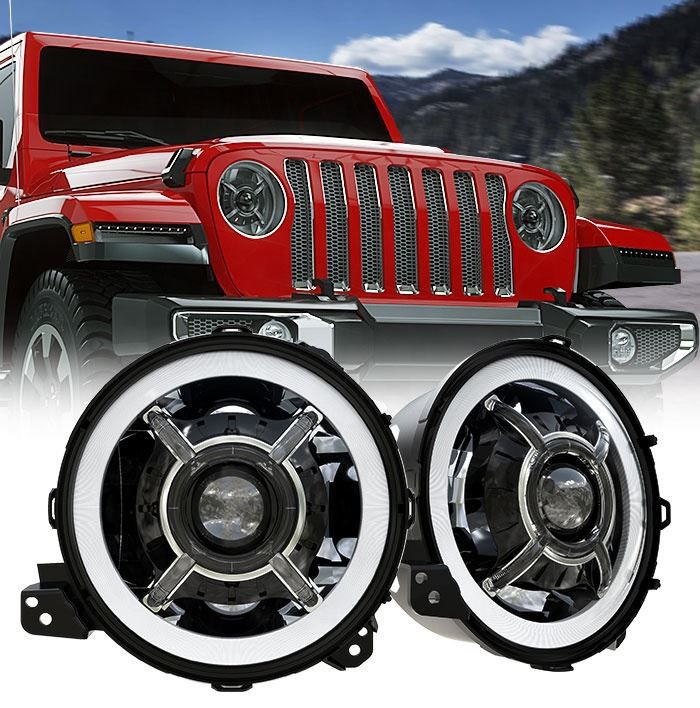Car headlights are essential components of a vehicle, providing illumination for safe nighttime driving and enhancing visibility in various weather conditions. Beyond their functional role, headlights also play a significant role in the aesthetics of a car, contributing to its overall design and appearance.
1. Safety and Visibility: The primary function of car headlights is to illuminate the road ahead, allowing drivers to see and react to obstacles, pedestrians, and other vehicles. Properly functioning headlights are crucial for safe driving, especially in low-light conditions.
2. Different Types of Headlights: There are various types of car headlights available, including halogen, LED (Light Emitting Diode), and HID (High-Intensity Discharge). Each type offers distinct advantages in terms of brightness, energy efficiency, and longevity.
3. Advanced Technology: LED and HID headlights have gained popularity due to their advanced technology. LED headlights provide bright, white light with low energy consumption, while HID headlights emit a high-intensity, bluish-white light for improved visibility.
4. Adaptive Headlights: Some modern cars feature adaptive headlights that automatically adjust their intensity and direction based on the vehicle’s speed, steering angle, and road conditions. These headlights enhance safety by ensuring optimal visibility in all driving scenarios.
5. Daytime Running Lights (DRLs): Daytime running lights are designed to increase the visibility of vehicles during daylight hours, reducing the risk of accidents. Many countries mandate the use of DRLs for improved road safety.
6. Aesthetic Appeal: Car manufacturers often incorporate headlights into the overall design of a vehicle, giving each model a unique and recognizable look. Sleek, stylish headlights can contribute to a car’s overall aesthetic and visual appeal.
7. Maintenance and Replacement: Regular maintenance of headlights is essential to ensure they remain clear and fully functional. Over time, headlight lenses can become cloudy or yellowed, reducing light output. Replacement of bulbs or entire headlight assemblies may be necessary to maintain optimal visibility.
8. Environmental Impact: Energy-efficient oem LED headlights contribute to reduced fuel consumption and lower emissions, aligning with environmentally conscious driving practices.
9. Headlight Upgrades: Many car enthusiasts opt for aftermarket headlight upgrades to enhance their vehicle’s appearance and performance. Upgrades may include installing brighter bulbs, switching to LED or HID technology, or adding custom lighting effects.
10. Legal Regulations: Different countries have regulations regarding headlight usage. Proper alignment, intensity, and use of high and low beams are often regulated to ensure that headlights do not blind other drivers and contribute to road safety.
Car headlights have evolved significantly over the years, from simple incandescent bulbs to advanced LED and HID technology. Their role in ensuring driver and pedestrian safety, improving visibility, and enhancing the overall look of a vehicle cannot be overstated. As automotive technology continues to advance, headlights will remain a critical component of safe and enjoyable driving experiences.
